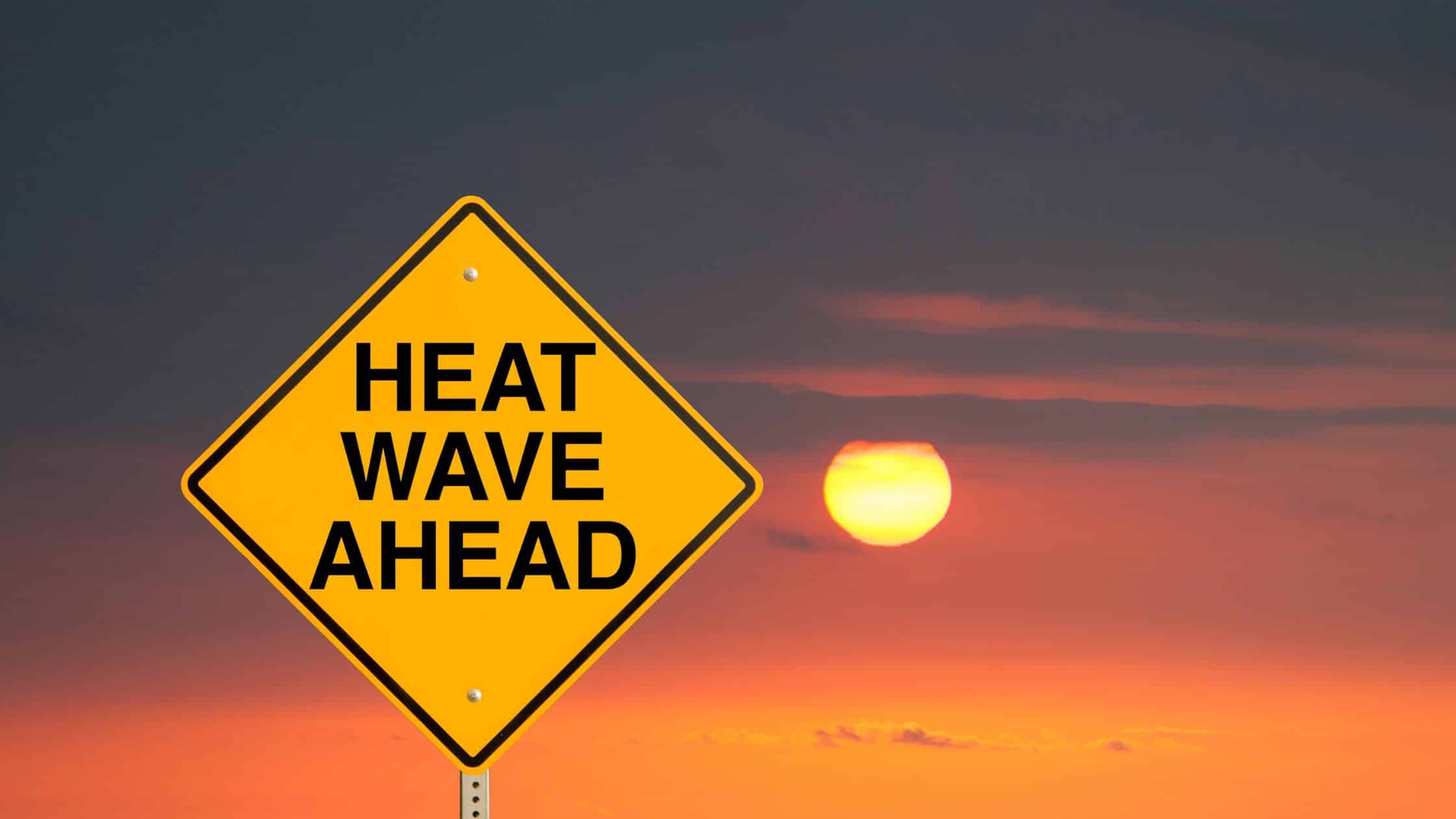
How to Prep Your Lawn for July Heat Before It’s Too Late
To prepare your lawn for July’s scorching heat, mow high, water deeply, and feed smartly. These proactive steps in late June and early July can help your lawn stay green, thick, and resilient through summer stress.
How to Prep Your Lawn for July Heat Before It’s Too Late
Introduction
As June fades into July, Northeast Ohio lawns start to feel the burn—literally. Between long dry spells, intense sun, and rising humidity, even healthy turf can turn patchy, thin, or crispy if not properly maintained.
The good news? A few simple steps now can make a huge difference. In this article, we’ll walk through everything you should be doing before July heat sets in to keep your lawn looking lush and green well into August.
1. Raise Your Mower Height
One of the fastest ways to protect your grass from heat stress is to mow higher.
-
Cool-season grasses like fescue and bluegrass thrive when cut to 3–4 inches.
-
Taller grass shades the soil, reducing evaporation and weed growth.
-
Higher mowing encourages deeper roots, which are crucial for surviving drought.
💡 Tip: If you’ve been cutting short, raise the mower deck gradually over a couple of mowings so you don’t shock the grass.
2. Water Deep, Not Often
Frequent, shallow watering teaches roots to stay near the surface—bad news in hot weather. Instead:
-
Water early in the morning to reduce evaporation and fungal risk.
-
Aim for 1 to 1.5 inches per week, delivered in 1–2 deep soakings.
-
Use a tuna can or rain gauge to measure your sprinkler output.
🚫 Avoid evening watering—it keeps the grass damp overnight and can promote disease during humid July nights.
3. Feed with a Light Summer Fertilizer
Feeding your lawn before the peak of the summer heat helps replenish nutrients lost from mowing and watering.
-
Use a slow-release, low-nitrogen fertilizer designed for summer use.
-
Avoid heavy fertilizing in extreme heat, which can burn the lawn.
-
Organic options like compost tea or kelp spray can offer a safe nutrient boost.
🧪 Bonus: Do a soil test first. It’s the best way to know exactly what your lawn needs before you feed it.
4. Sharpen Your Mower Blades
A clean cut is healthier than a tear. Dull blades rip the grass, leaving it jagged and more vulnerable to disease and drought.
-
Sharpen blades every 10–15 mowing hours, or at least once a month in summer.
-
If you notice brown tips after mowing, it’s likely time for a sharpening.
⚙️ You can sharpen mower blades yourself with a file or grinder—or have it done at a local hardware shop.
5. Skip the Bag—Mulch Your Clippings
Instead of bagging your clippings, use a mulching mower to return nutrients to the soil.
-
Clippings act like a natural fertilizer, feeding the grass and helping retain moisture.
-
They also provide a slight mulch effect, shading the soil from direct sun.
Just make sure you’re not cutting too much at once. Follow the ⅓ rule: never remove more than one-third of the grass blade height at a time.
6. Patch Thin or Bald Spots
June and early July is your last good chance to seed and patch before the heat makes germination tricky.
-
Use a high-quality seed blend appropriate for your sun/shade conditions.
-
Loosen the soil first and cover the seed lightly with straw or peat.
-
Water gently and consistently—twice daily if temperatures stay high.
🌱 Avoid seeding after mid-July unless you’re using drought-resistant blends or have irrigation to support growth.
7. Stay Off the Grass When It’s Stressed
During drought or heat waves, avoid heavy use of the lawn.
-
Foot traffic can crush dry, brittle grass and slow recovery.
-
Redirect activities to shady areas or patios during peak heat.
FAQ
Q: Can I still fertilize in early July?
Yes, but carefully. Use a light, slow-release summer blend or organic option, and always water well afterward to prevent burning.
Q: How often should I mow in July?
Let the lawn grow a little taller—every 7–10 days is typical. Never cut more than ⅓ of the grass height in one mow.
Q: What if my lawn is already brown?
It might be dormant, not dead. Keep watering deeply once a week. If it doesn’t green up in 2–3 weeks, you may need to reseed in fall.
Q: Is it too late to reseed?
Late June to early July is the tail end of the window. After mid-July, it’s often too hot for seed to establish well without daily watering.
Q: Should I aerate in July?
Not usually. Core aeration is best saved for early fall or spring when the lawn is actively growing and not heat-stressed.
Conclusion
Taking a little time in June to prep your lawn will set you up for success during July’s toughest weeks. Mow high, water deep, feed lightly, and avoid overworking stressed turf—and you’ll have one of the best-looking yards on the block even as the sun blazes.
If you need help with any of this—sharpening blades, feeding the lawn, or just making a solid game plan—we’re just a message away.




No Comments
Sorry, the comment form is closed at this time.